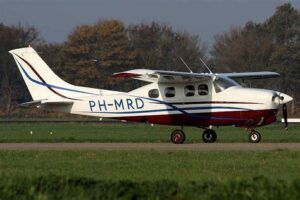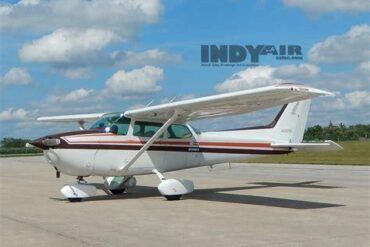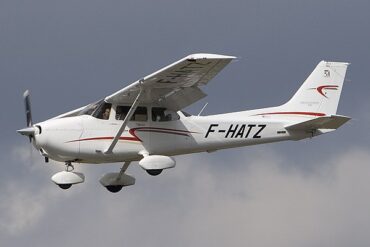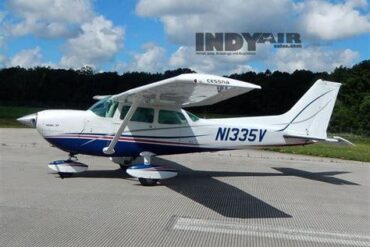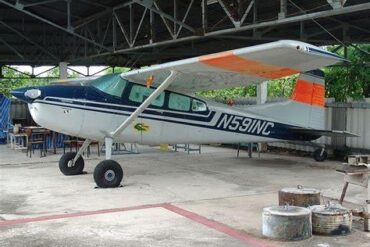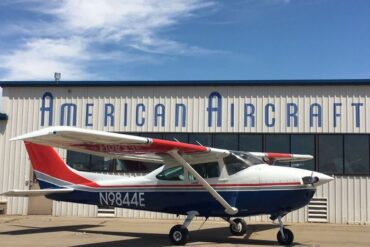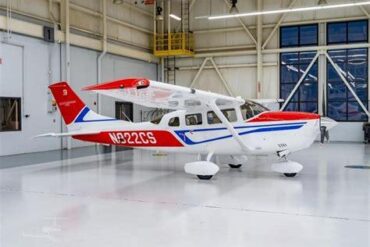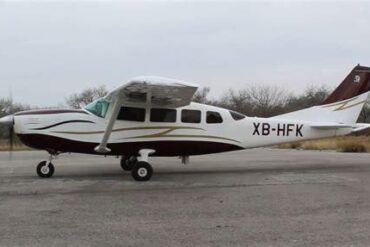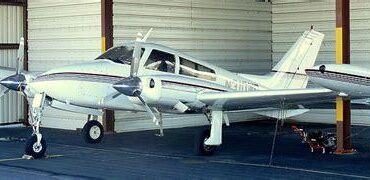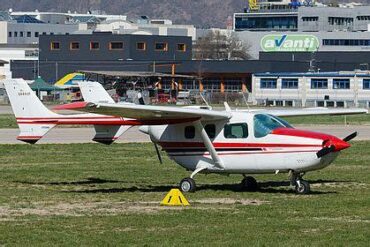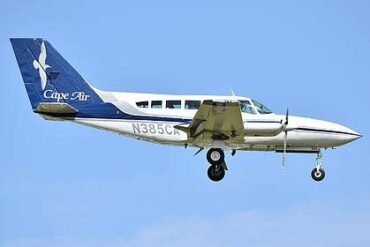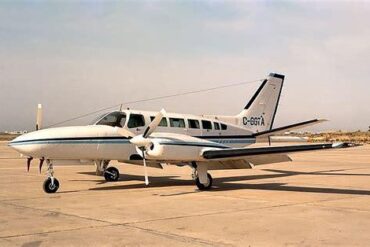The Cessna P210N is renowned for its efficiency, performance, and versatility, making it a popular choice among general aviation enthusiasts and business travelers alike. Understanding the price and operating costs of this aircraft is crucial for potential buyers and operators. In this comprehensive guide, we will delve into the various aspects that influence the purchase price and ongoing operating expenses associated with the Cessna P210N.
Overview of the Cessna P210N
The Cessna P210N is a single-engine aircraft that has carved a niche in the general aviation market since its introduction. With a turbocharged engine, it boasts impressive climb rates and performance at high altitudes, making it ideal for a variety of flying conditions. The P210N also features a spacious cabin, advanced avionics, and a reputation for reliability.
Purchase Price of the Cessna P210N
When considering the purchase price of the Cessna P210N, several factors come into play:
-
Market Value: The average market price for a used Cessna P210N typically ranges from $100,000 to $200,000. However, prices can vary significantly based on the aircraft’s condition, age, and upgrades.
-
Aircraft Condition: A well-maintained aircraft with a complete maintenance history can command a higher price. Factors such as airframe hours, engine hours, and the condition of the avionics can greatly influence the asking price.
-
Modifications and Upgrades: Many owners equip their Cessna P210Ns with advanced avionics, upgraded interiors, and other enhancements. These modifications can increase the aircraft’s value and appeal to potential buyers.
-
Geographic Location: The price can also be influenced by the region where the aircraft is located. Certain areas may have a higher demand for general aviation aircraft, driving prices up.
-
Economic Conditions: Broader economic factors, such as interest rates and fuel prices, can impact the aviation market. A strong economy may lead to increased demand for aircraft, while a downturn can have the opposite effect.
Operating Costs of the Cessna P210N
Operating costs are an essential consideration for anyone looking to purchase a Cessna P210N. These costs encompass a variety of factors, including fuel, maintenance, insurance, and more.
Fuel Costs
Fuel is one of the most significant ongoing expenses for any aircraft owner. The Cessna P210N has a fuel burn rate of approximately 15 to 18 gallons per hour (GPH), depending on the flight conditions and engine settings. With an average fuel price of $5.00 per gallon, owners can expect to spend between $75 and $90 per hour on fuel alone.
Maintenance Costs
Regular maintenance is critical for ensuring the longevity and safety of the Cessna P210N. Owners should budget for both routine maintenance and unexpected repairs. Typical maintenance costs can include:
-
Annual Inspections: These inspections can cost between $1,200 and $2,500, depending on the complexity and the service provider.
-
Engine Overhauls: Depending on usage, engine overhauls may be necessary every 1,500 to 2,000 hours, costing upwards of $30,000.
-
Avionics Upgrades: Keeping avionics current is essential for safety and compliance. Upgrades can range from $5,000 to over $100,000, depending on the extent of the modifications.
Insurance Costs
Insurance is another essential aspect of operating costs. The insurance premium for a Cessna P210N typically ranges from $1,500 to $3,000 per year. Factors influencing the premium include:
-
Pilot Experience: More experienced pilots often qualify for lower rates.
-
Aircraft Value: Higher-value aircraft typically have higher insurance premiums.
-
Coverage Type: Liability and hull coverage levels can significantly affect costs.
Hangar Fees
Depending on the owner’s location, hangar fees can vary significantly. Monthly hangar fees can range from $200 to $1,000. Owners should consider the benefits of having a hangar, such as protection from the elements and increased security for the aircraft.
Miscellaneous Operating Costs
Other ongoing costs associated with the operation of the Cessna P210N include:
-
Landing Fees: Depending on the airport, landing fees can range from $5 to $100.
-
Training and Certification: Pilots must maintain their certifications and may need to undergo recurrent training, which can cost $500 to $1,500 per year.
-
Miscellaneous Supplies: This includes costs for items such as oil changes, tires, and other consumables, which can average around $1,000 to $2,000 annually.
Total Annual Operating Costs
To provide a clearer picture, we can estimate the total annual operating costs of the Cessna P210N. Assuming an average of 100 flight hours per year, the breakdown could look like this:
| Cost Item | Annual Cost |
|---|---|
| Fuel (100 hours at $80) | $8,000 |
| Maintenance | $4,000 |
| Insurance | $2,000 |
| Hangar Fees | $6,000 |
| Training | $1,000 |
| Miscellaneous | $1,500 |
| Total | $22,500 |
This example highlights that prospective owners should budget approximately $22,500 annually for operating a Cessna P210N, though actual costs can vary based on usage, location, and individual circumstances.
Factors Affecting Resale Value
When considering the purchase of a Cessna P210N, it’s essential to understand factors that may impact its resale value:
-
Market Demand: The popularity of the model can significantly affect its resale value. A strong demand for the P210N can lead to higher prices when selling.
-
Condition and Maintenance: Regular maintenance and a solid repair history enhance the resale value. Buyers are often willing to pay a premium for aircraft that have been well cared for.
-
Modifications: Aircraft with valuable upgrades may retain higher resale values. However, personalization can also deter some buyers, making the choice of upgrades important.
-
Economic Trends: Changes in the economy, including interest rates and the overall health of the aviation market, can influence resale values.
Conclusion
The Cessna P210N remains a highly regarded aircraft within the general aviation community due to its unique combination of performance, comfort, and reliability. Understanding both the purchase price and operating costs is essential for potential buyers. While the initial investment can range from $100,000 to $200,000, annual operating expenses can average around $22,500. By considering these factors, prospective owners can make informed decisions that align with their aviation needs and financial objectives.
In conclusion, the Cessna P210N is an excellent investment for those seeking a reliable and capable aircraft. With careful consideration of the costs involved, it is possible to enjoy the benefits of ownership while effectively managing expenses.
